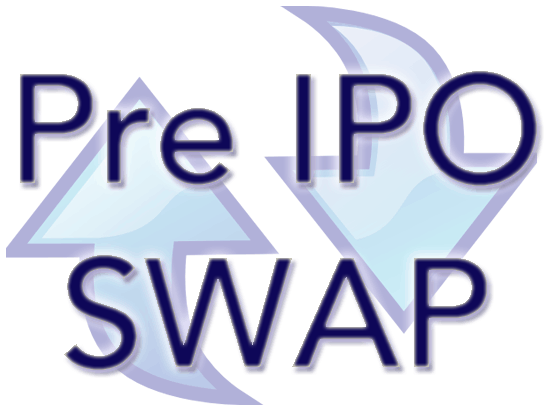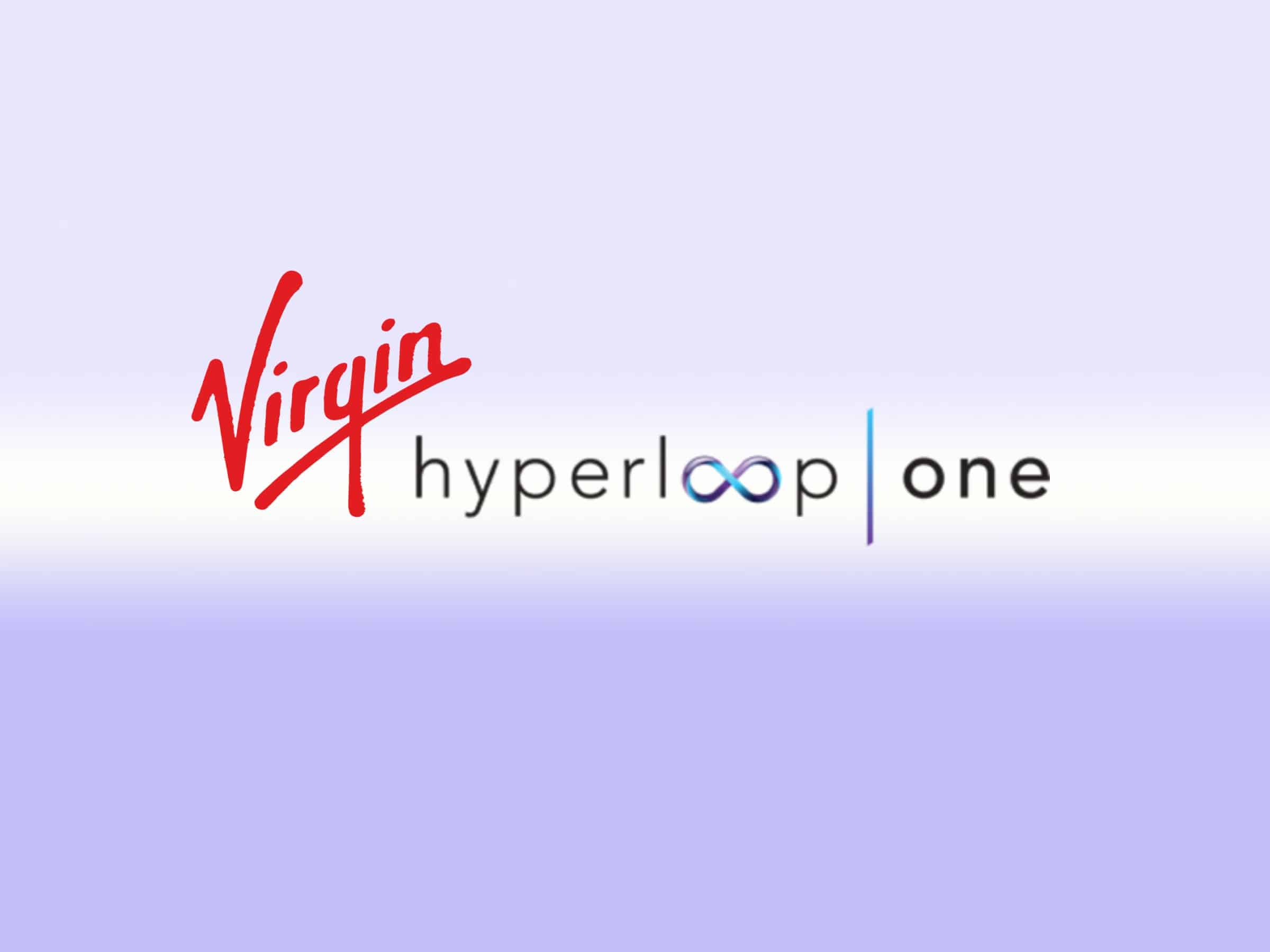Hyperloop One is an American transport system company that reinvents transportation to eliminate barriers of time and distance. It designs and builds Hyperloop, a tubular transit system that relies on magnetic levitation technology to transport passengers and cargo between two points immediately. With its technology, Hyperloop helps move cargo and passengers immediately, safely, efficiently, and sustainably.
Hyperloop One was established in 2014 and is based in Los Angeles, California.
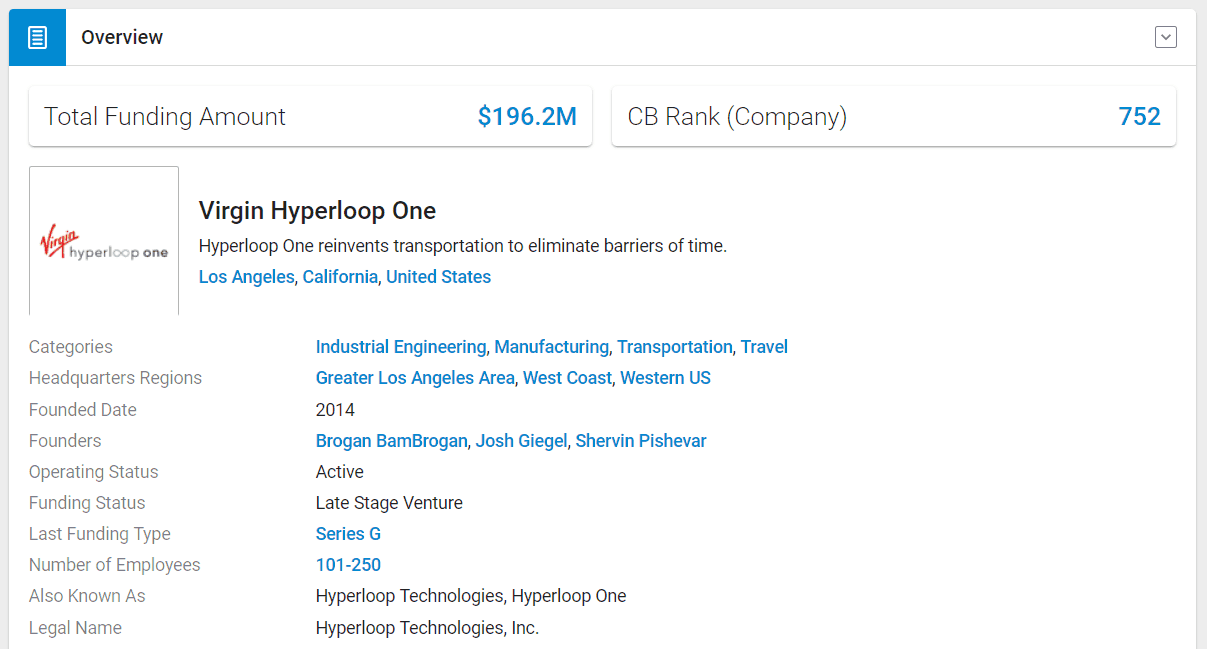
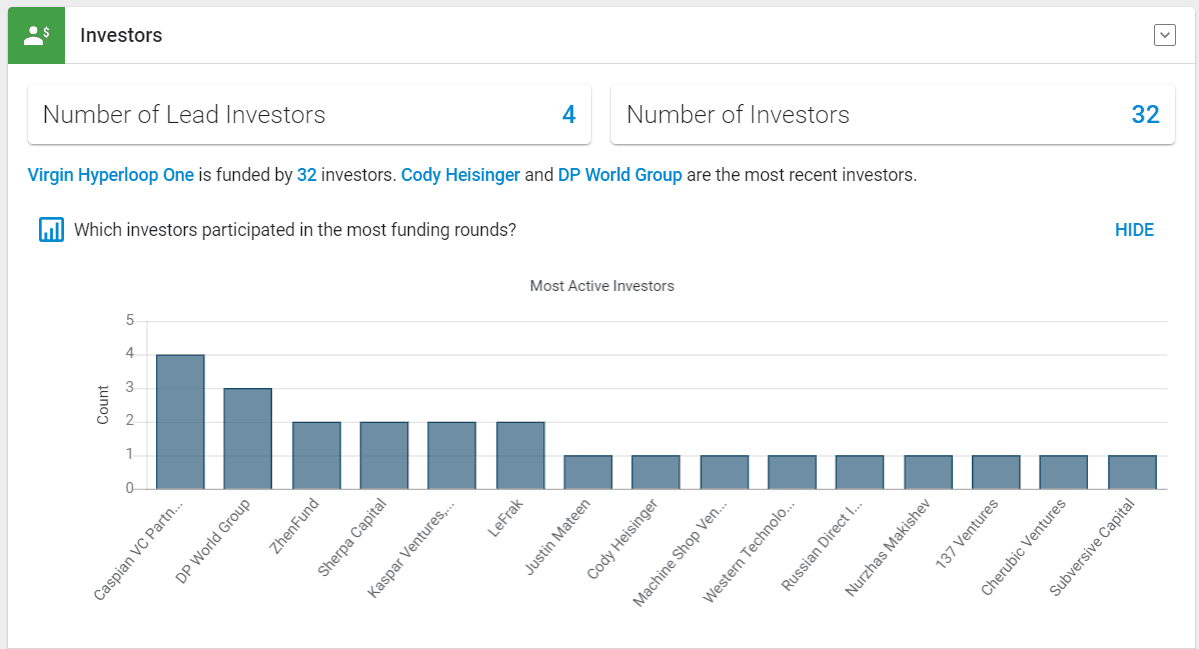
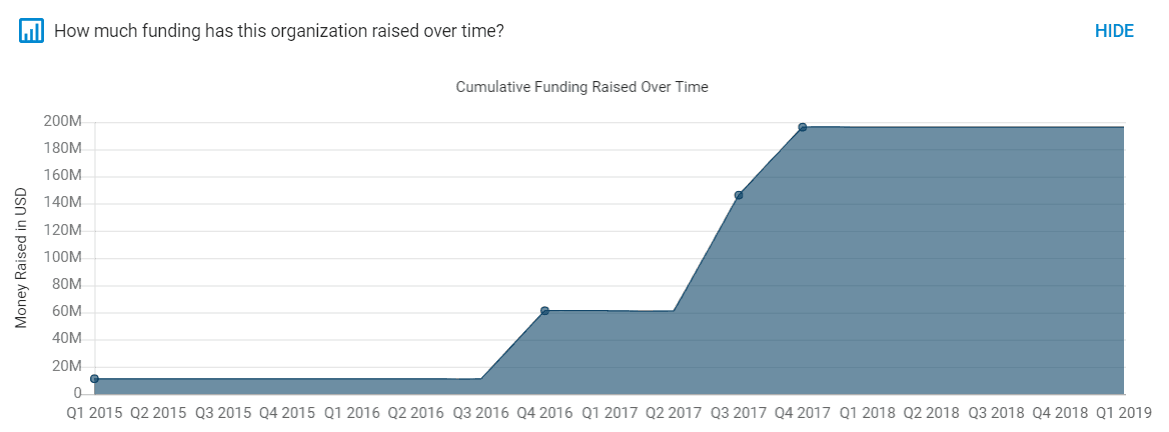
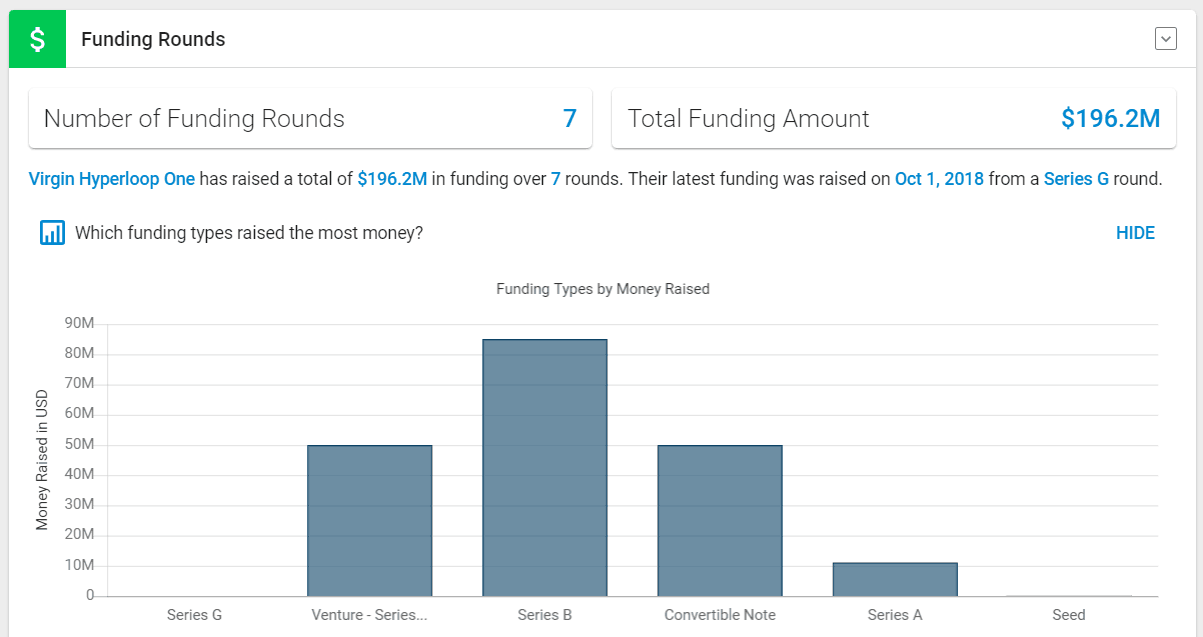
Virgin Hyperloop One formerly known as Hyperloop One, is an American transportation technology company that was formed in 2014, and reorganized and renamed in 2017,[3] working to commercialize the high-speed technology concept called Hyperloop. Hyperloop systems are intended to move passengers and/or cargo at airline speeds at a fraction of the cost of air travel. The concept of Hyperloop transportation was first introduced by Elon Musk in August 2013.[4]
The original Hyperloop concept uses a linear electric motor to accelerate and decelerate an electromagnetically levitated pod through a low-pressure tube. The vehicle will glide silently for miles at speeds up to 670 mph (1080 km/h) with no turbulence. The system is designed to be entirely autonomous, quiet, direct-to-destination, and on-demand. Additionally, as Hyperloop is built on columns or tunneled underground, it eliminates the dangers of at-grade crossings and requires much smaller rights of way than high-speed rail or a highway.[5] Virgin Hyperloop One has made substantive technical changes to Musk’s initial proposal and chose not to pursue the San Francisco-to-Los Angeles notional route that Musk envisioned in his 2013 alpha-design white paper.
The company had raised $295 million by December 2017[6] and demonstrated a form of propulsion technology in May 2016 at its test site north of Las Vegas.[7] Hyperloop One has completed a 500-meter Development Loop (DevLoop) in North Las Vegas[8] and in May 2017, held its first full-scale Hyperloop test. The test combined Hyperloop components including vacuum, propulsion, levitation, sled, control systems, tube, and structures.[9]
Its publicly stated goal is to deliver a fully operational Hyperloop system by 2021.[10]
SIGN UP
